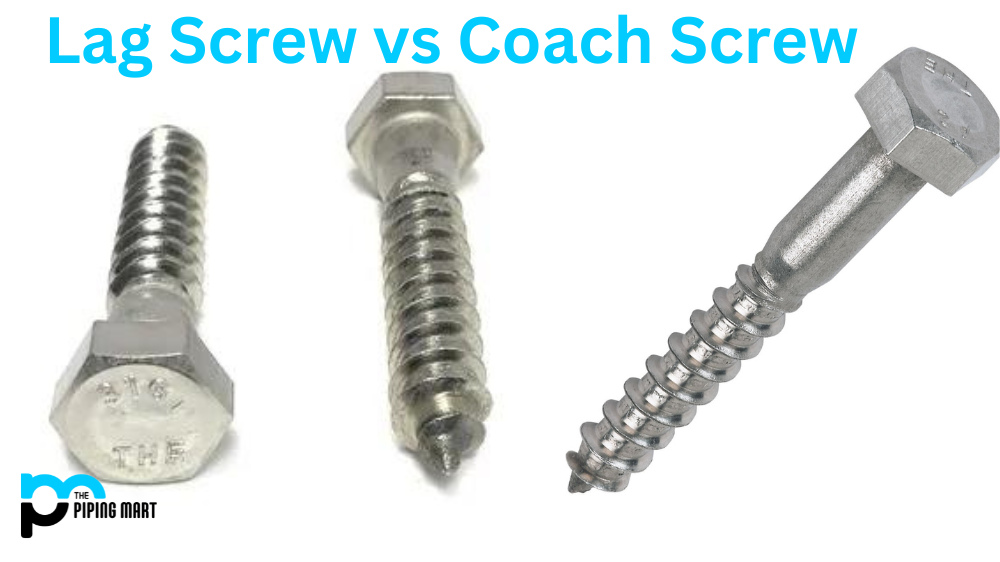Wall screws are a common hardware item found in almost any household toolbox. These small yet powerful fasteners are essential for attaching objects to walls. Whether hanging a picture frame, mounting shelves or gardening tools, or installing cabinets, screws are a reliable and durable option supporting a hefty weight.
But, many different types of wall screws are in the market today, each with unique features and ideal applications. So, how do you choose the right screw for the job? This article examines the different types of wall screws and their uses.
Types of Wall Screws
Wood Screw
As the name suggests, wood screws are specifically designed for attaching wood. These screws have a comparatively sharp pointed tip with deep, coarse threads, which provide a strong connection with the wood, reducing the chance of slipping or pulling out. Moreover, wood screws have broader heads, which allow them to be easily driven into the wood without damaging the surface. These screws are perfect for building furniture and cabinetry and installing wooden frames.
Drywall Screw
Drywall screws are much thinner than wood screws and have a more straight and flat appearance. They are designed to securely attach drywall sheets to wooden studs or metal frames. Drywall screws have a fine thread that securely and evenly penetrates the drywall, with a sharp point for a smooth entry. Also, their black phosphate coating minimizes rust buildup and extends the life of the screw.
Concrete Screw
Are you fastening heavy loads on concrete? Concrete screws are perfect for attaching objects like brackets and anchors on concrete blocks/brick walls. These screws are designed to cut through concrete or masonry effortlessly, providing a solid grip. They come with a deep thread and are constructed from hard-wearing material, like steel, to withstand heavy loads.
Self-Drilling Screws
Self-drilling screws eliminate the need for drilling pilot holes. The sharp-tipped screws bore their spot as they were twisted into the wall surface. These screws come in different sizes and styles for binding metal, plastic, and wood. The screws have finely threaded shafts with a grip, making them a perfect choice for fastening lightweight materials.
Machine Screw
Machine screws are used for parts, small appliances, and electronic devices. They come in various sizes, shapes, and finishes, including Philips and slotted cross-head variants. These screws are threaded up to the head, providing a firmer grip on the material. They are designed to work with a corresponding threaded hole in a machine part or electronic device.
Conclusion
Wall screws are essential in your home or workshop toolkit, and choosing the right one can make a big difference. By understanding the different types of screws, their purpose, and applications, you can make an informed decision and ensure the best attachment possible. So, when you’re next starting a new DIY project, take some time to think about what type of screw you need to make sure your creation is sturdy, secure, and long-lasting. Stay tuned to our blog section for more hardware tools and accessories discussion!

A passionate metal industry expert and blogger. With over 5 years of experience in the field, Palak brings a wealth of knowledge and insight to her writing. Whether discussing the latest trends in the metal industry or sharing tips, she is dedicated to helping others succeed in the metal industry.




